Up to now, many varieties of plants and animals have been grown and raised by the Pa Ko and Van Kieu ethnic people since the establishment of their villages and hamlets, and have been local specialties such as dwarf bananas, black sticky rice, Van Pa pigs... which have been selected by Dakrong district to expand and develop into key OCOP products by 2025.

The indigenous dwarf banana variety is being widely replicated by Dakrong district and developed into a key OCOP product -
Photo: KKS
In a conversation with Meritorious Artisan Kray Suc in Ta Rut Commune (Dakrong District) not long ago, I learned that the indigenous dwarf banana variety is called by the Pa Ko ethnic group as peta pe, divided into two types: peta pe rang with the characteristic of having a tall trunk; dwarf peta pe usually has a shorter trunk. And regardless of the height, this dwarf banana variety is a long-standing, popular specialty of the Pa Ko ethnic group in Ta Rut, A Bung, A Ngo, A Vao, Huc Nghi communes (Dakrong District), famous for its fragrance and sweetness.
In the past, the Pa Ko people often planted dwarf bananas scattered on their fields or in their home gardens to serve their family's needs. In the kitchen of the Pa Ko people, charcoal sticky rice is always available whenever there are distinguished guests visiting their home or on important family and village ceremonies.
Every festival such as Puh Boh (field keeping festival), Aya (harvest festival), Ariêu Ping (grave digging festival), Kăl Năng Mương (returning favor to the local god), there will be indispensable cakes such as peng a chooih, peng tamăr, peng a koat... made from charcoal sticky rice, creating a unique feature in the festival system of the Pa Ko people. The Van Pa pig breed, also known as mini pig, originated as livestock of the Van Kieu and Pa Ko ethnic groups, distributed mainly in Huong Hoa, Dakrong, Gio Linh, and Vinh Linh districts. The quality of Van Pa pork is comparable to that of Soc pig (Central Highlands), Muong Khuong pig (Lao Cai), Meo pig (of the H'Mong people), and Ban pig (Lang Son)...
In an effort to turn mountain products such as dwarf bananas, black sticky rice, Van Pa pigs... into key OCOP products, Dakrong district has implemented many adaptive and effective solutions. For dwarf bananas, the district has used capital from programs and projects to support people to restore and develop production in the direction of intensive and concentrated cultivation and become a commodity crop, creating jobs and bringing a stable source of income for people.
Up to now, the total area of dwarf banana in the district is about 80 hectares with nearly 101 producing households; banana yield reaches 36 quintals/ha; bringing an average income of 144 million VND/ha. Currently, local authorities of the communes: Ta Rut, A Bung, A Ngo, A Vao, Huc Nghi... have proactively developed plans and projects to develop indigenous dwarf banana trees; guided people to expand the area and apply scientific and technical advances in production to increase productivity and quality towards building a key OCOP product of Dakrong district.
In addition, the Dakrong District People's Committee has also approved the project to support the development of community production "Indigenous dwarf banana growing model" under the National Target Program for Sustainable Poverty Reduction for the period 2021 - 2025. The project is implemented in Ra Ro village (A Vao commune), A La village (A Ngo commune) with 22 participating households; total cost of 470 million VND.
Accordingly, in Ra Ro village, 2,468 indigenous dwarf banana seedlings; 4,441 kg of various fertilizers; 1,175 kg of lime powder were supported. In A La village, 2,400 indigenous dwarf banana seedlings; 4,536 kg of various fertilizers; 1,200 kg of lime powder were supported. The project's goal is to expand the area of indigenous dwarf banana planting in A Vao and A Ngo communes to create a production area and supply seedlings for Dakrong district.
Dakrong district has also submitted a document to the Provincial People's Committee and the Department of Science and Technology on permission to use the place name "Ta Rut" and confirm the map of the geographical area to register the collective trademark "Ta Rut dwarf banana"; a plan to support the registration of collective trademark protection for the product "Ta Rut dwarf banana".
For the black sticky rice variety, in order to preserve and increase its economic value, through the production development support fund of Program 135, in the summer-autumn crop of 2019, Dakrong district supported 11 households in Ta Long commune to build a model of growing black sticky rice on fields that often lack water. The black sticky rice variety has yielded 38 - 39 quintals/ha.
To date, about 20 households in Ta Lao and Ly Ton villages (Ta Long commune) have continued to expand the area of glutinous rice cultivation. In A Ngo commune, in the summer-autumn crop of 2021, Dakrong district has supported people to build a pilot model of growing glutinous rice on an area of 0.25 hectares next to the Ky Xay irrigation project (A Deng village), with a yield of 4 tons/ha. After deducting expenses, the model has brought profits to participating households of about 100 - 120 million VND/ha.
In the 2021-2022 winter-spring crop, A Ngo commune expanded the area of glutinous rice cultivation to about 7 hectares with 37 participating households. Currently, from capital sources supporting production development under the National Target Program for Sustainable Poverty Reduction for the period 2021-2025, the model of growing glutinous rice continues to be invested in and expanded in communes and towns of Dakrong district in the direction of intensive farming and increased productivity.
Dakrong district has also approved the project to support community production development "Black sticky rice growing model" under the National Target Program for Sustainable Poverty Reduction for the period 2021 - 2025. The project is implemented in Ta Lao, Pa Hy (Ta Long commune), A Deng (A Ngo commune) villages with 54 participating households; total area 22.25 hectares; total cost of nearly 748 million VND.
With the goal of expanding the area to villages and hamlets in Dakrong district; restoring, maintaining and conserving the black sticky rice variety; orienting the black sticky rice variety as the main native rice variety in the policy of developing commercial rice varieties; creating a black sticky rice production area on the flooded rice fields and aiming to build it into a key OCOP product of the district; contributing to increasing income and stabilizing the lives of the Van Kieu and Pa Ko ethnic people.
Dakrong district has also submitted a document to the Provincial People's Committee and the Department of Science and Technology regarding permission to use the place name "Dakrong" to register for protection of the collective trademark "Dakrong Charcoal Sticky Rice". The raw material area for producing "Dakrong Charcoal Sticky Rice" is identified in 13 communes and towns including Huong Hiep, Trieu Nguyen, Ba Long, Mo O, Dakrong, Ba Nang, Ta Long, Huc Nghi, Ta Rut, A Bung, A Ngo, A Vao communes and Krong Klang town.
As for the Van Pa pig breed, this is a typical pig breed of the mountainous region, very suitable for the care and raising conditions of the majority of people in the area. The orientation of Dakrong district in developing Van Pa pig breeding in the period of 2022-2025, will form Van Pa pig breeding facilities to provide breeding animals for people in the district. Currently, people tend to develop Van Pa pig breeding in the direction of family farms to both provide breeding animals and provide quality meat to the market.
Hai An
Source


![[Photo] Prime Minister Pham Minh Chinh meets with King Philippe of Belgium](https://vstatic.vietnam.vn/vietnam/resource/IMAGE/2025/4/1/be2f9ad3b17843b9b8f8dee6f2d227e7)
![[Photo] General Secretary To Lam receives King Philippe of Belgium](https://vstatic.vietnam.vn/vietnam/resource/IMAGE/2025/4/1/e5963137a0c9428dabb93bdb34b86d7c)
![[Photo] Close-up of Vietnam's sniffer dog team searching for earthquake victims in Myanmar](https://vstatic.vietnam.vn/vietnam/resource/IMAGE/2025/4/1/d4949a0510ba40af93a15359b5450df2)

![[Photo] President Luong Cuong and King Philippe of Belgium visit Thang Long Imperial Citadel](https://vstatic.vietnam.vn/vietnam/resource/IMAGE/2025/4/1/cb080a6652f84a1291edc3d2ee50f631)

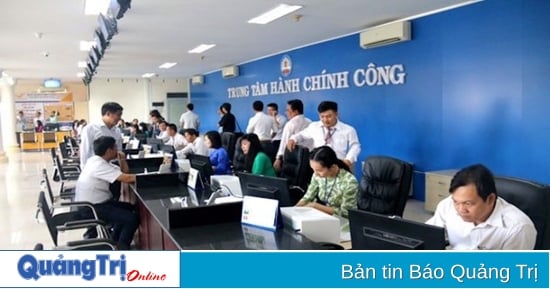
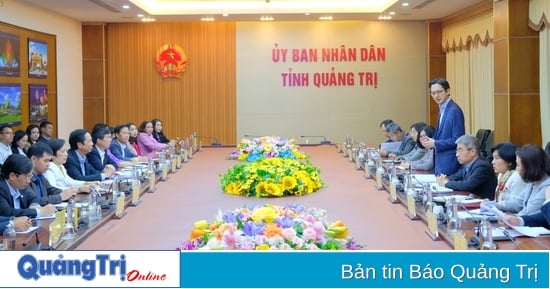
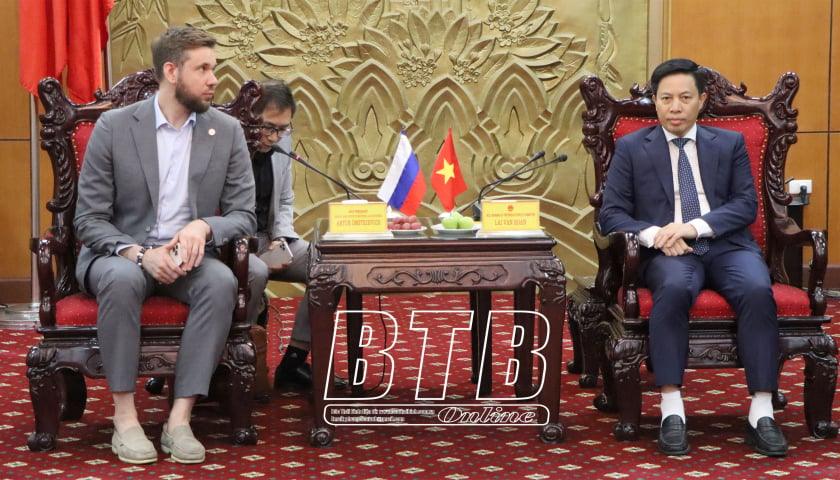

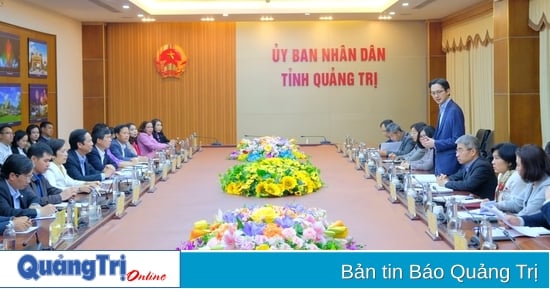
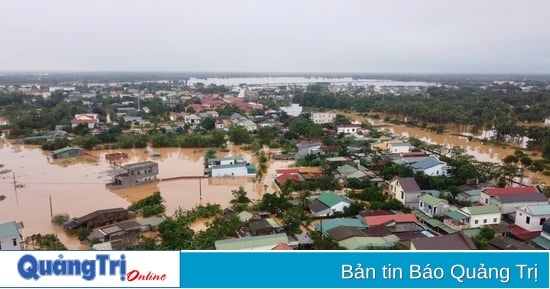

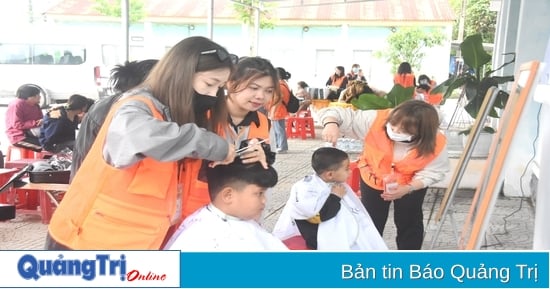
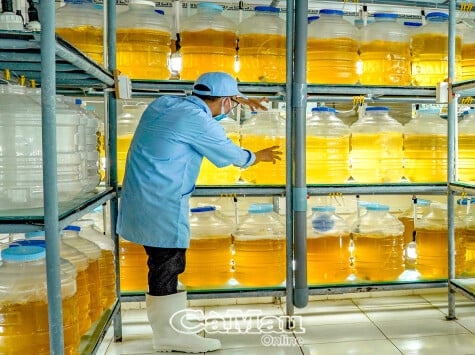

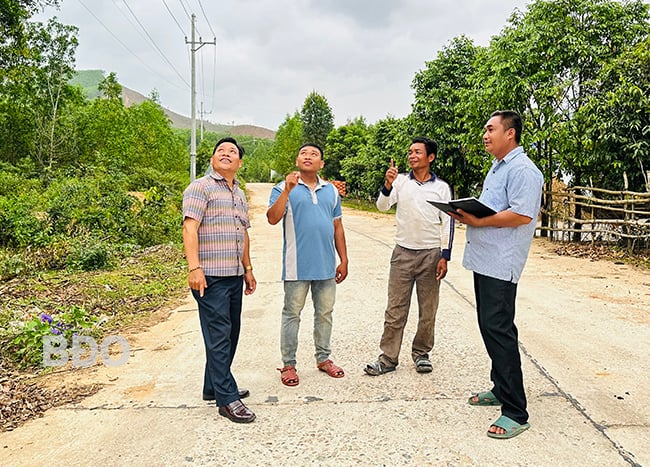
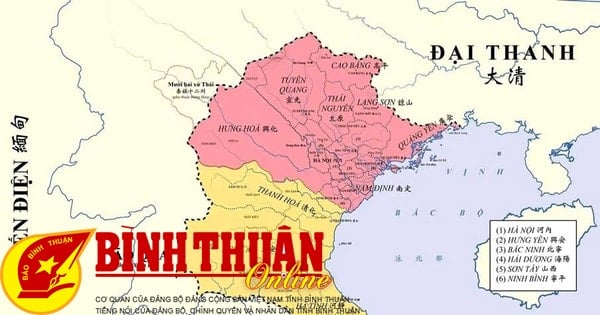
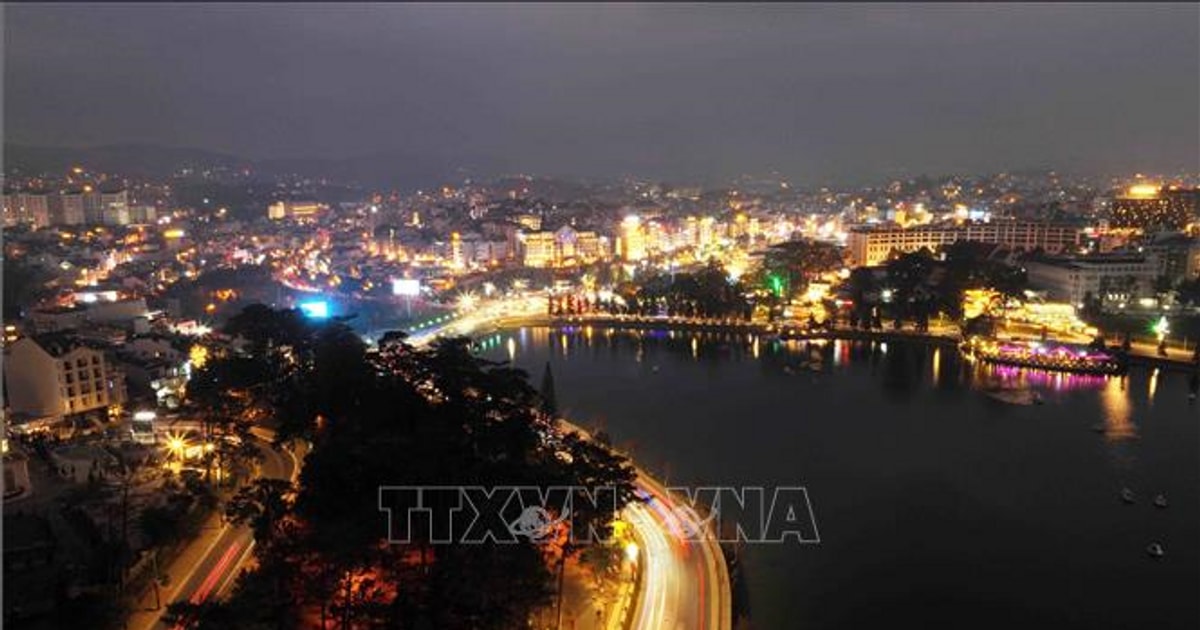
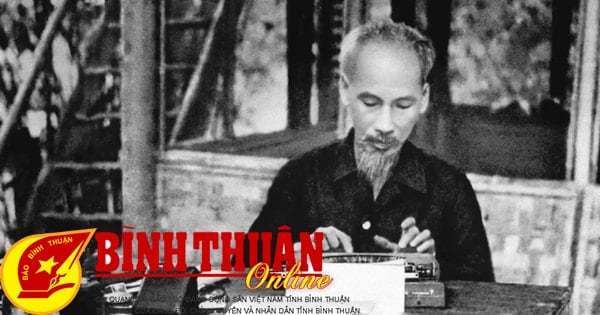




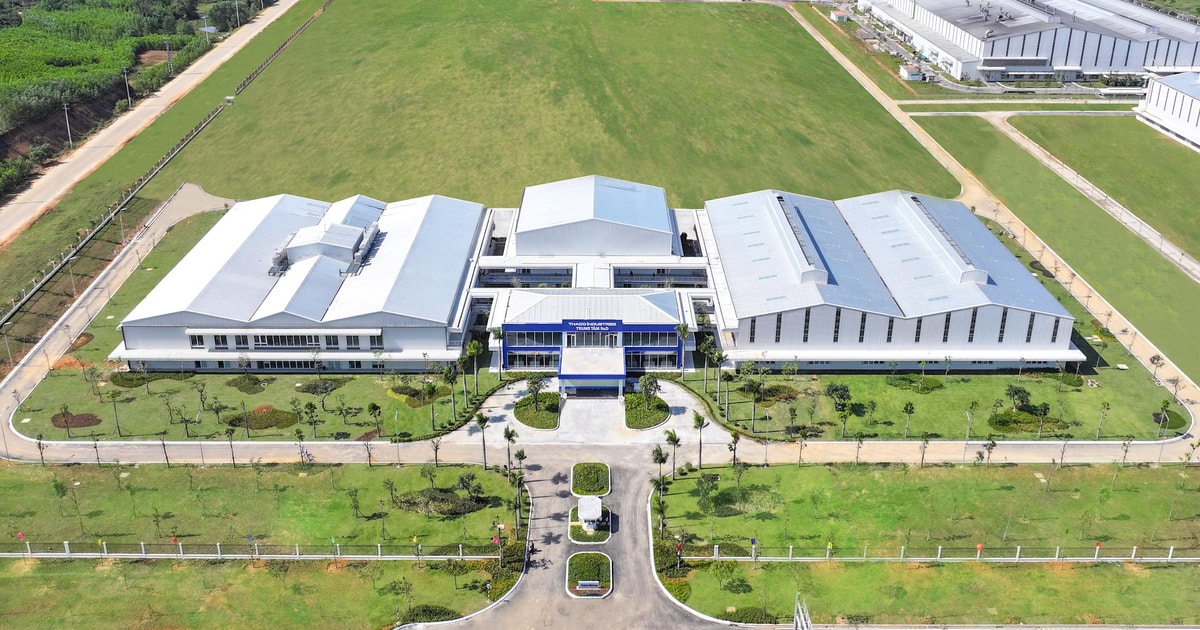
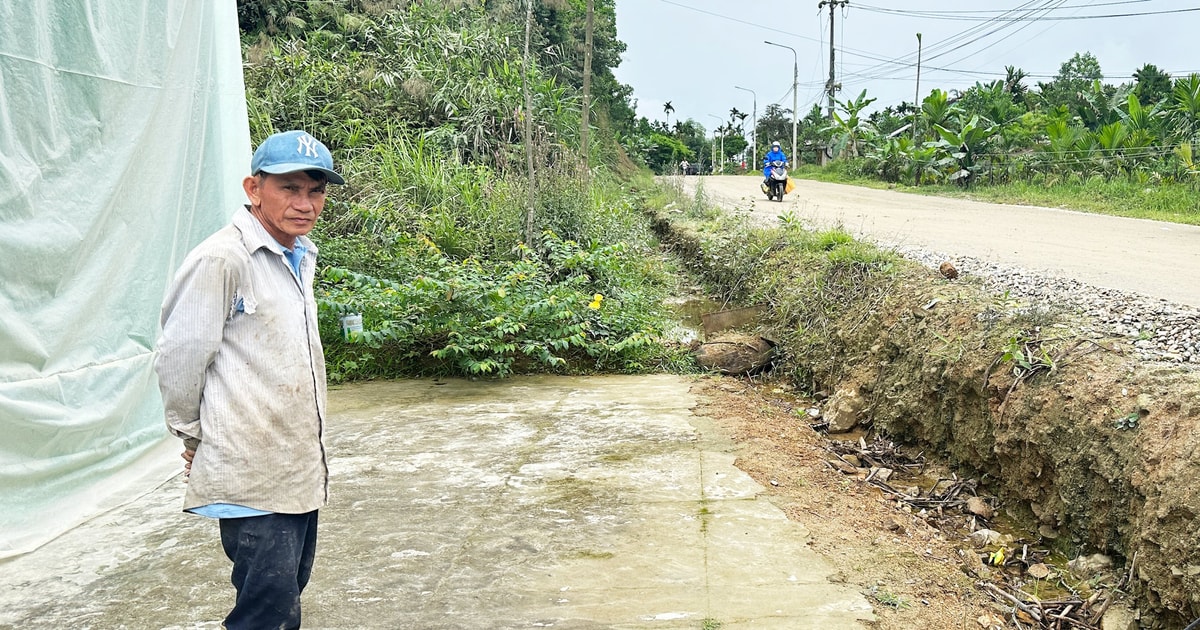
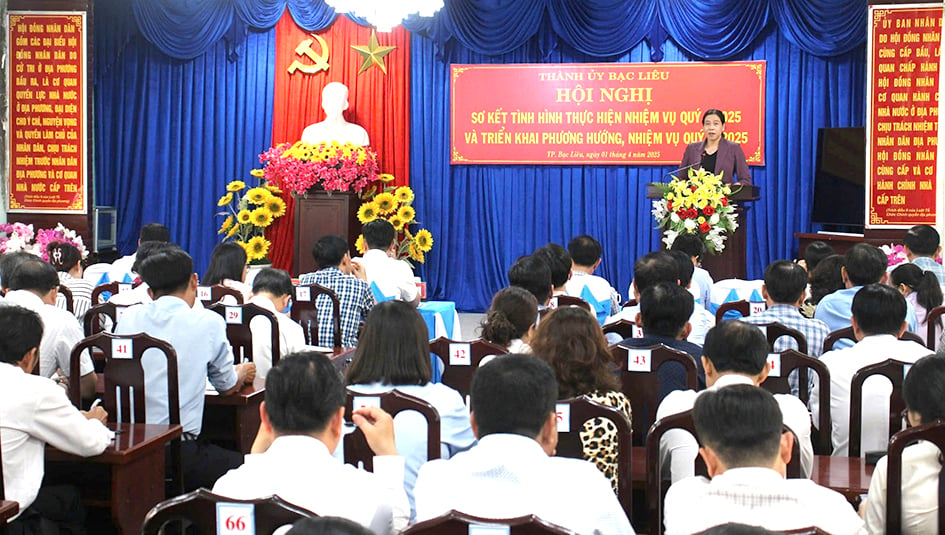
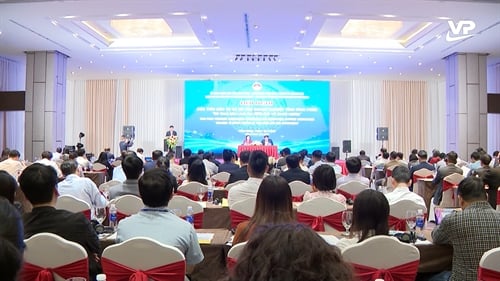
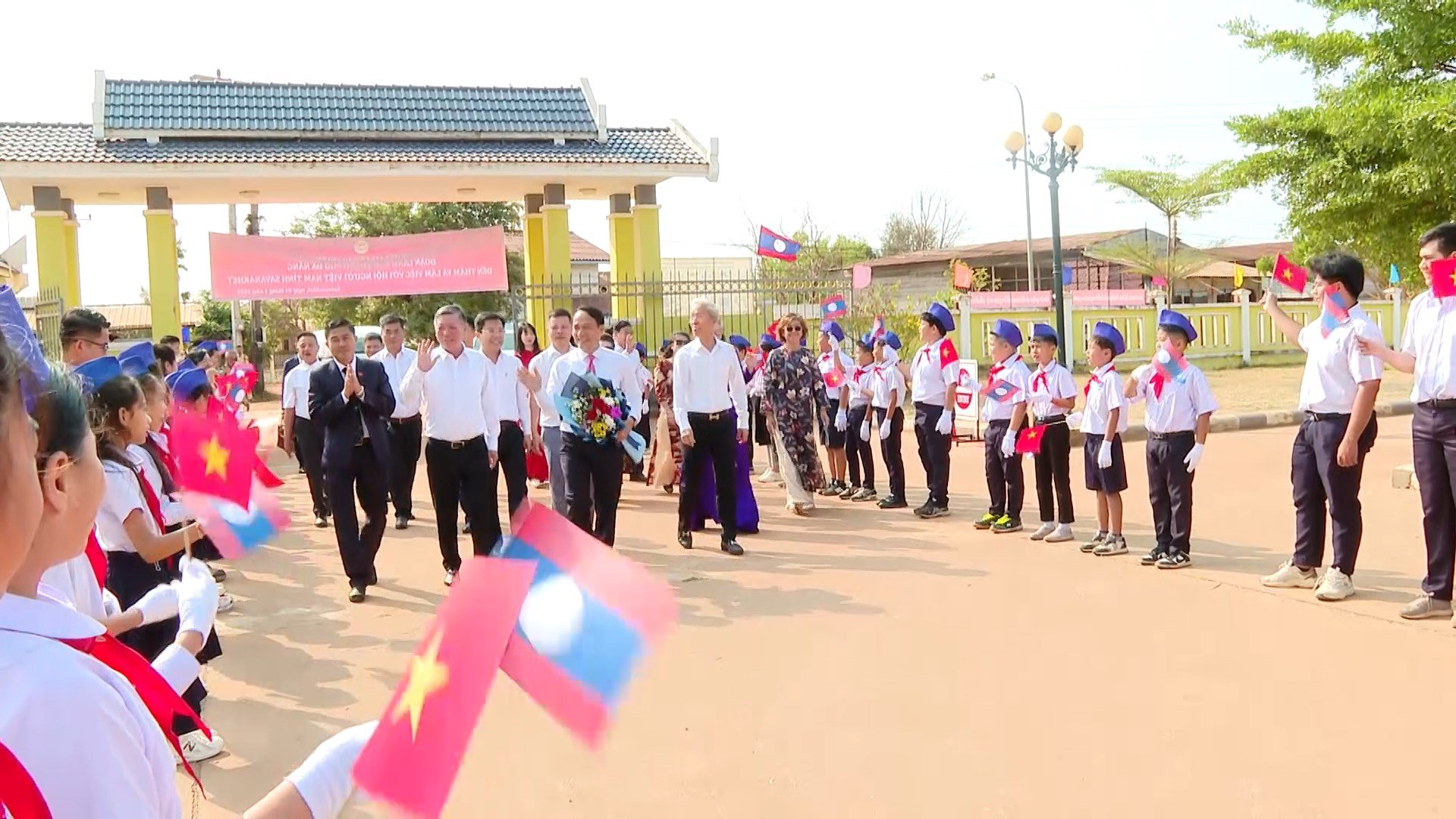

































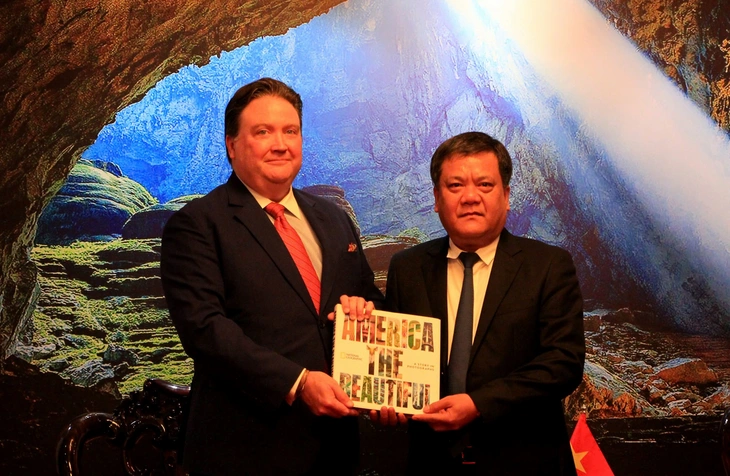



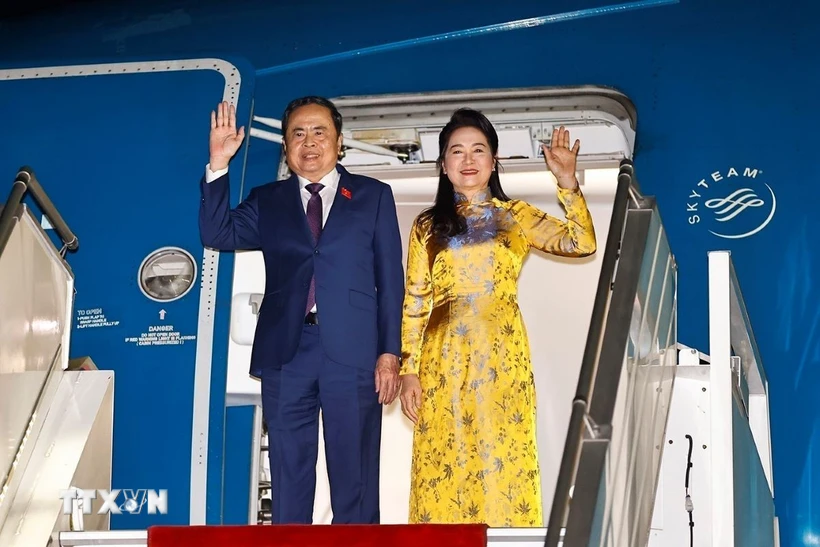






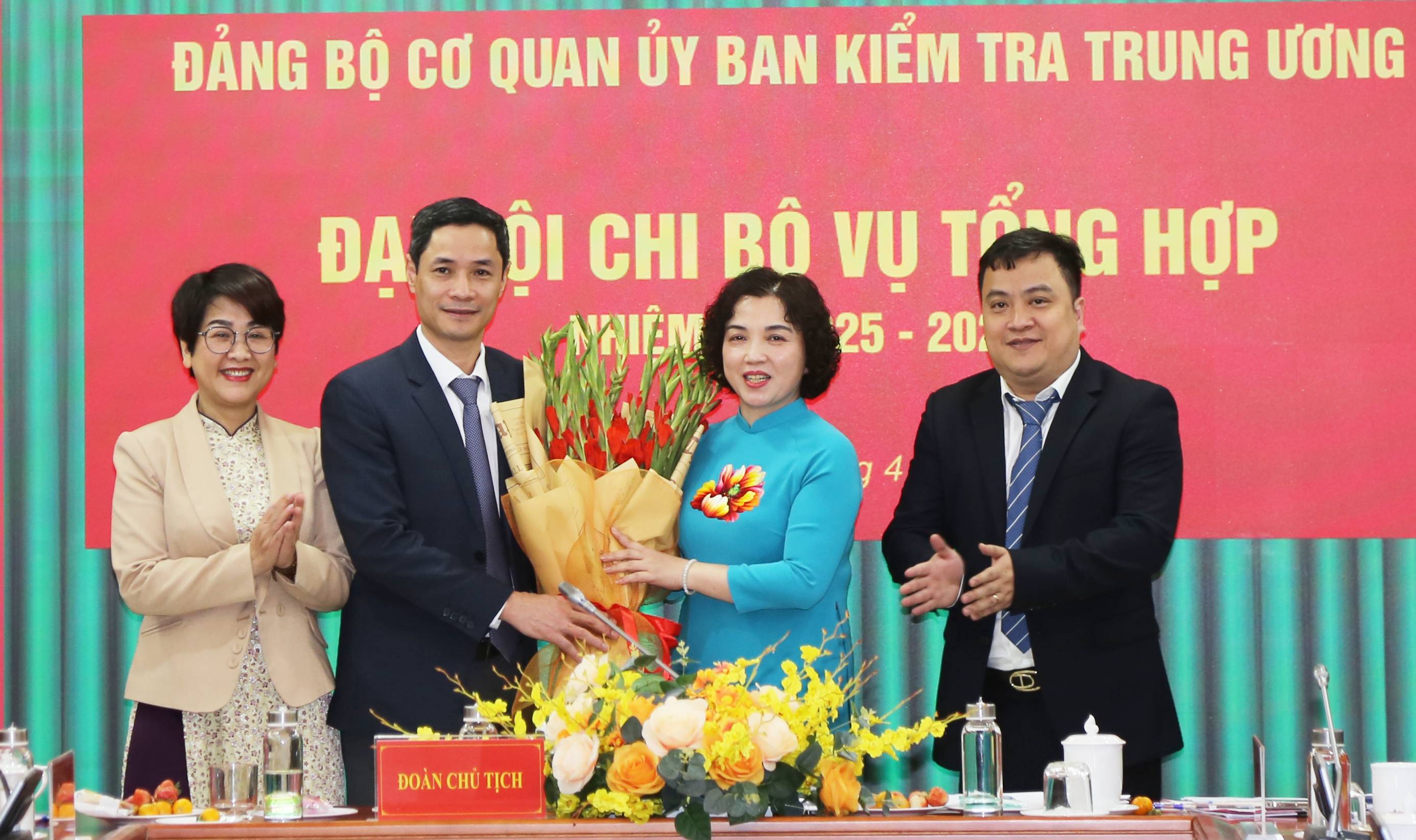



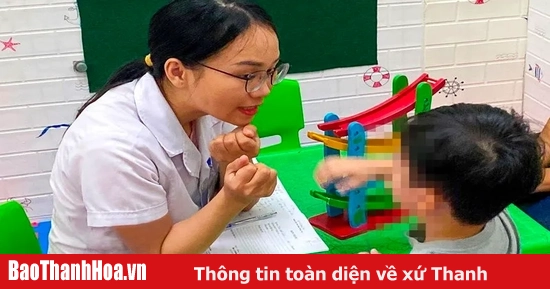


















Comment (0)